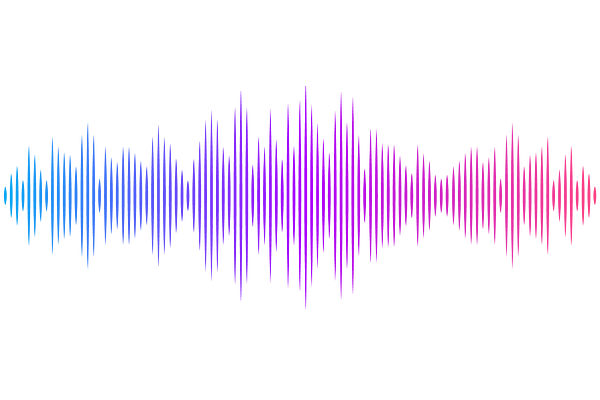The Chinese Pulsar Timing Array data release I. Single pulsar noise analysis

The Chinese Pulsar Timing Array data release I. Single pulsar noise analysis
Siyuan Chen, Heng Xu, Yanjun Guo, Bojun Wang, R. Nicolas Caballero, Jinchen Jiang, Jiangwei Xu, Zihan Xue, Kejia Lee, Jianping Yuan, Yonghua Xu, Jingbo Wang, Longfei Hao, Jintao Luo, Jinlin Han, Peng Jiang, Zhiqiang Shen, Min Wang, Na Wang, Renxin Xu, Xiangping Wu, Lei Qian, Xin Guan, Menglin Huang, Chun Sun, Yan Zhu
AbstractThe Chinese Pulsar Timing Array (CPTA) has collected observations from 57 millisecond pulsars using the Five-hundred-meter Aperture Spherical Radio Telescope (FAST) for close to three years, for the purpose of searching for gravitational waves (GWs). To robustly search for ultra-low-frequency GWs, pulsar timing arrays (PTAs) need to use models to describe the noise from the individual pulsars. We report on the results from the single pulsar noise analysis of the CPTA data release I (DR1). Conventionally, power laws in the frequency domain are used to describe pulsar red noise and dispersion measurement (DM) variations over time. Employing Bayesian methods, we found the choice of number and range of frequency bins with the highest evidence for each pulsar individually. A comparison between a dataset using DM piecewise measured (DMX) values and a power-law Gaussian process to describe the DM variations shows strong Bayesian evidence in favour of the power-law model. Furthermore, we demonstrate that the constraints obtained from four independent software packages are very consistent with each other. The short time span of the CPTA DR1, paired with the large sensitivity of FAST, has proved to be a challenge for the conventional noise model using a power law. This mainly shows in the difficulty to separate different noise terms due to their covariances with each other. Nineteen pulsars are found to display covariances between the short-term white noise and long-term red and DM noise. With future CPTA datasets, we expect that the degeneracy can be broken. Finally, we compared the CPTA DR1 results against the noise properties found by other PTA collaborations. While we can see broad agreement, there is some tension between different PTA datasets for some of the overlapping pulsars. This could be due to the differences in the methods and frequency range compared to the other PTAs.